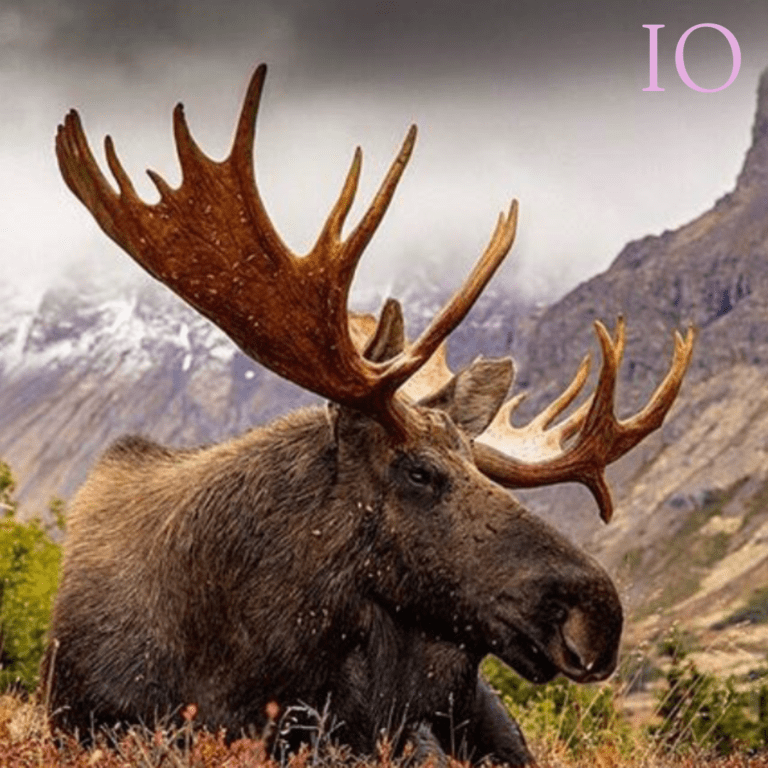ARCTIC FOX (VULPES LAGOPUS)

The Arctic fox (Vulpes lagopus), also known as the white fox, polar fox, or snow fox, is a small fox native to the Arctic regions of the Northern Hemisphere and common throughout the Arctic tundra biome.
It is well adapted to living in cold environments, and is best known for its thick, warm fur that is also used as camouflage. It has a large and very fluffy tail. In the wild, most individuals do not live past their first year but some exceptional ones survive up to 11 years. Its body length ranges from 46 to 68 cm (18 to 27 in), with a generally rounded body shape to minimize the escape of body heat.
The Arctic fox preys on many small creatures such as lemmings, voles, ringed seal pups, fish, waterfowl, and seabirds. It also eats carrion, berries, seaweed, and insects and other small invertebrates. Arctic foxes form monogamous pairs during the breeding season and they stay together to raise their young in complex underground dens. Occasionally, other family members may assist in raising their young. Natural predators of the Arctic fox are golden eagles, Arctic wolves, polar bears, wolverines, red foxes, and grizzly bears.
Taxonomy
Vulpes lagopus is a ‘true fox’ belonging to the genus Vulpes of the fox tribe Vulpini, which consists of 12 extant species. It is classified under the subfamily Caninae of the canid family Canidae. Although it has previously been assigned to its own monotypic genus Alopex, recent genetic evidence now places it in the genus Vulpes along with the majority of other foxes.
It was originally described by Carl Linnaeus in the 10th edition of Systema Naturae in 1758 as Canis lagopus. The type specimen was recovered from Lapland, Sweden. The generic name vulpes is Latin for “fox”. The specific name lagopus is derived from Ancient Greek λαγώς (lagōs, “hare”) and πούς (pous, “foot”), referring to the hair on its feet similar to those found in cold-climate species of hares.
Looking at the most recent phylogeny, the Arctic fox and the red fox (Vulpes vulpes) diverged approximately 3.17MYA. Additionally, the Arctic fox diverged from its sister group, the kit fox (Vulpes macrotis), at about 0.9MYA.
ORIGINS
The origins of the Arctic fox have been described by the “out of Tibet” hypothesis. On the Tibetan Plateau, fossils of the extinct ancestral Arctic fox (Vulpes qiuzhudingi) from the early Pliocene (5.08–3.6 MYA) were found along with many other precursors of modern mammals that evolved during the Pliocene (5.3–2.6 MYA).
It is believed that this ancient fox is the ancestor of the modern Arctic fox. Globally, the Pliocene was about 2–3 °C warmer than today, and the Arctic during the summer in the mid-Pliocene was 8 °C warmer. By using stable carbon and oxygen isotope analysis of fossils, researchers claim that the Tibetan Plateau experienced tundra-like conditions during the Pliocene and harbored cold-adapted mammals that later spread to North America and Eurasia during the Pleistocene Epoch (2.6 million-11,700 years ago).
Worldwide, the population of the Arctic fox is thought to be several hundred thousand animals, and thus the International Union for Conservation of Nature (IUCN) classifies the Arctic fox as a species of least concern. Hunting the animal for its fur remains common among native Arctic peoples. However, the population pressure once applied by the fur hunting industry has fallen drastically with the industry’s substantial decline since the end of the 20th century.

